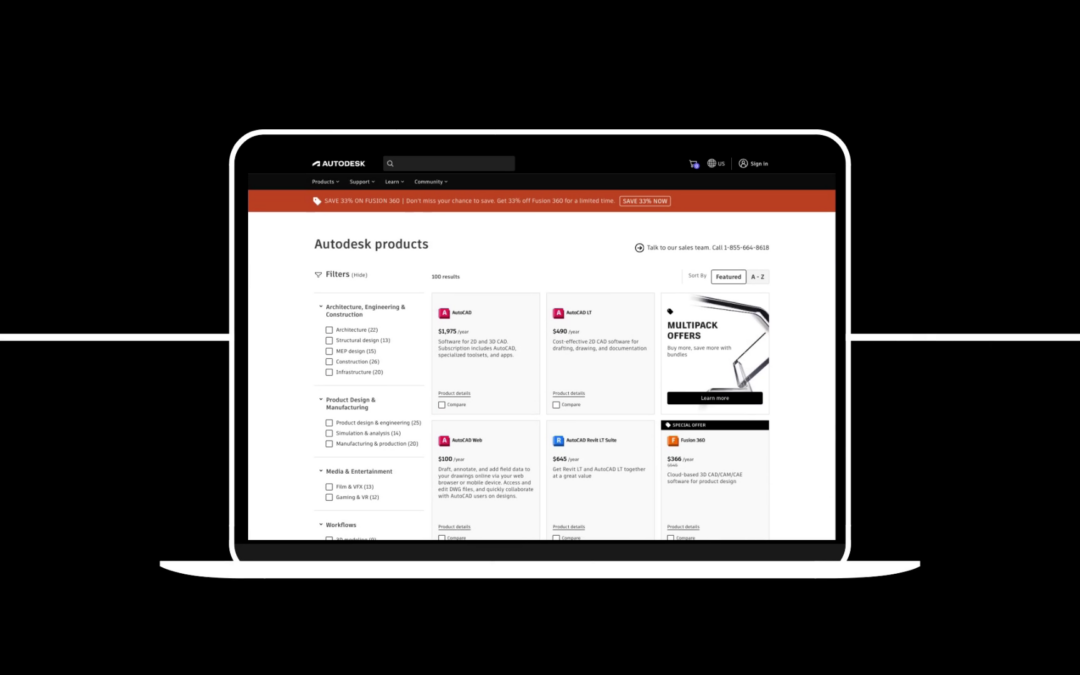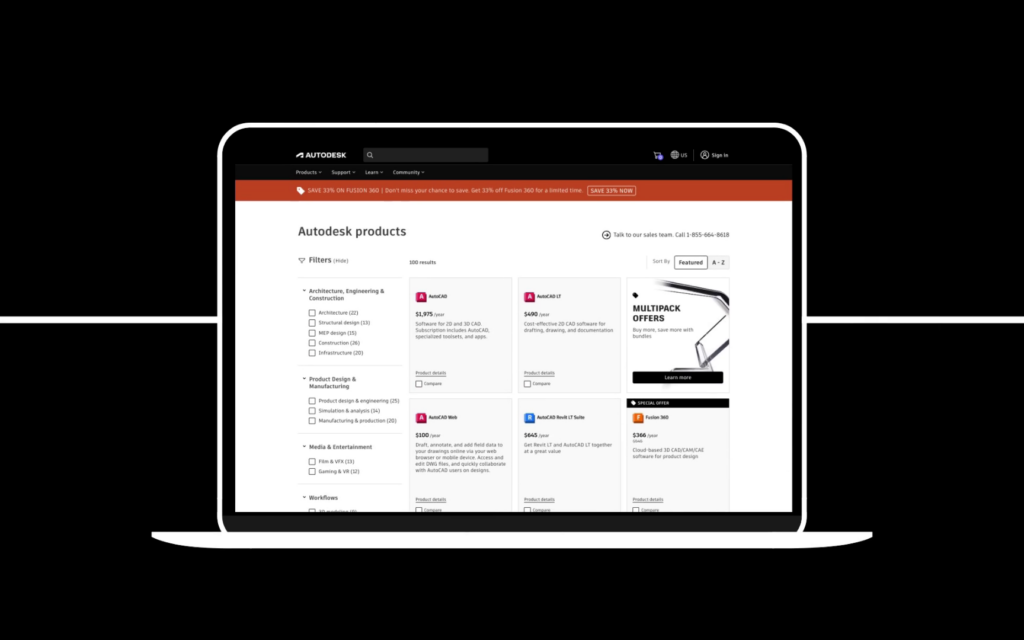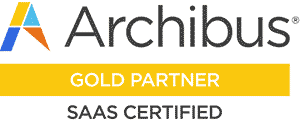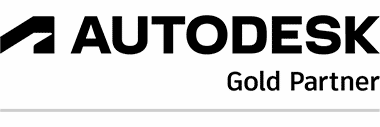Sustainable Certifications are the New Standard
Rigorous green building certifications such as Leadership in Energy and Environmental Design (LEED) have become the benchmark in New York City as developers embrace ecological design. LEED rates buildings on factors like energy use and water efficiency.
Another fast-growing certification is Germany’s Passive House standard. This focuses strictly on reducing energy consumption through high-performance insulation and ventilation. Top projects pursuing these elite certifications include The Visionaire and East Harlem’s Sendero Verde.
As global warming accelerates, the boom of green-rated apartments in New York City sparks hope that high-density populations can coexist responsibly with the planet.
How Are NYC’s LEED Ratings?
The straight answer to this question would be ‘pretty good’. As environmental standards tighten, NYC apartment landlords are racing to implement eco-friendly features. As a matter of fact, the state of New York ranked 5th in the nation for the most buildings with LEED certification, according to a report that came out in 2020.
New York City plays a huge role in that, with more than 40% of the residential buildings in the city now holding LEED green certifications. In addition, thousands more units tout Energy Star appliances, LED lighting as well as low-flow plumbing.
NYC Buildings Harness the Sun
NYC buildings are racing to integrate solar power into residential buildings for clean energy and long-term savings. Top projects include The Brighton in Brooklyn, which has rooftop photovoltaic panels that provide emissions-free electricity. Some even go beyond solar, leveraging geothermal energy for heating and cooling needs.
The sleek solar panels showcase sustainability and protection from electricity cost hikes. But the most important aspect is that these buildings serve as models for profitable real estate that supports larger zero-emission goals.
Green Roofs Bloom Across NYC
Although NYC has gained the title concrete jungle, buildings across NYC are incorporating nature by adding sustainable features such as living rooftop gardens.
There are several benefits to rooftop gardens. For example, the rooftop oasis at 515 West 29th absorbs stormwater, cools the surrounding air, and nurtures wildlife. Besides these benefits, the rooftop gardens function as insulation, shrinking energy bills by reducing heating and cooling demand.
With the acceleration of climate change, rooftop gardens not only have critical environmental benefits but also bring unexpected beauty to this crowded concrete jungle. Finally, vibrant rooftop gardens spark hope that urban living can coexist with nature across global metropolises.
Sustainable Materials Build Green Future
Beyond simply adopting renewable technologies, New York’s green developers also employ recycled and responsibly sourced construction materials that curb ecological harm from sourcing and manufacturing. In addition, the organic textures also blend sustainability and aesthetics by using natural warmth in sleek minimalist designs.
As tenants increasingly seek sustainability, these eco-friendly materials also boost property value. In addition, reusing materials helps New York City take tangible steps toward a waste-free, eco-friendly urban living.
Eco Amenities Redefine Rental Living
Forward-looking apartment managers now integrate eco-friendly amenities, thus redefining modern rental lifestyles. Beyond gyms, communities entice conscious residents by offering electric car charging stations, curbside recycling pickup, and even on-site urban farms.
In addition, community gardens serve as a good way to connect the people and planet. These communal green spaces allow urbanites to reconnect with nature and neighbors either by yielding pesticide-free produce or simply nourishing the soul.
As climate consciousness grows among new generations, the purpose of such amenities can’t be overlooked as they serve to add value to people’s lives. This is done by fulfilling yearnings for belonging and environmental impact. Ultimately, even small habit shifts scaling holistic sustainability signal promising trends toward greener city living.
“Smart Homes” Think Green
Smart home technologies promote urban sustainability by optimizing performance through connectivity and automation. Landlords across the market deploy self-learning thermostats and LED lighting gadgets that respond to natural daylight and low-flow water fixtures.
Examples include flagship properties like The XI in Chelsea that interface these IoT devices into elaborate efficiency platforms like Lutron HomeWorks for granular lighting and shade control. By providing tenants with insights into their consumption, these smart systems reduce energy use.
As the technologies get cheaper, incorporating smart features into your home could help curb emissions even with more people living in New York City. Apartment management companies are racing to implement many types of smart building technology. Examples of smart building technology range from simple devices that regulate the temperature to more complex devices that can control even security.
Closing thoughts
In conclusion, as climate change accelerates alongside urban growth, New York City apartment management companies face escalating pressure to adopt sustainable building practices.
Fortunately, the city’s most innovative property management companies are rising to meet these modern challenges. Landlords across New York City are pioneering super-efficient and community-connected housing by incorporating renewable technologies, ecological materials, and smart automation.
With precedents ranging from LEED-certified towers to passive solar complexes blooming with rooftop gardens, New York real estate boldly blazes trails to harmonize high-density populations and the planet.



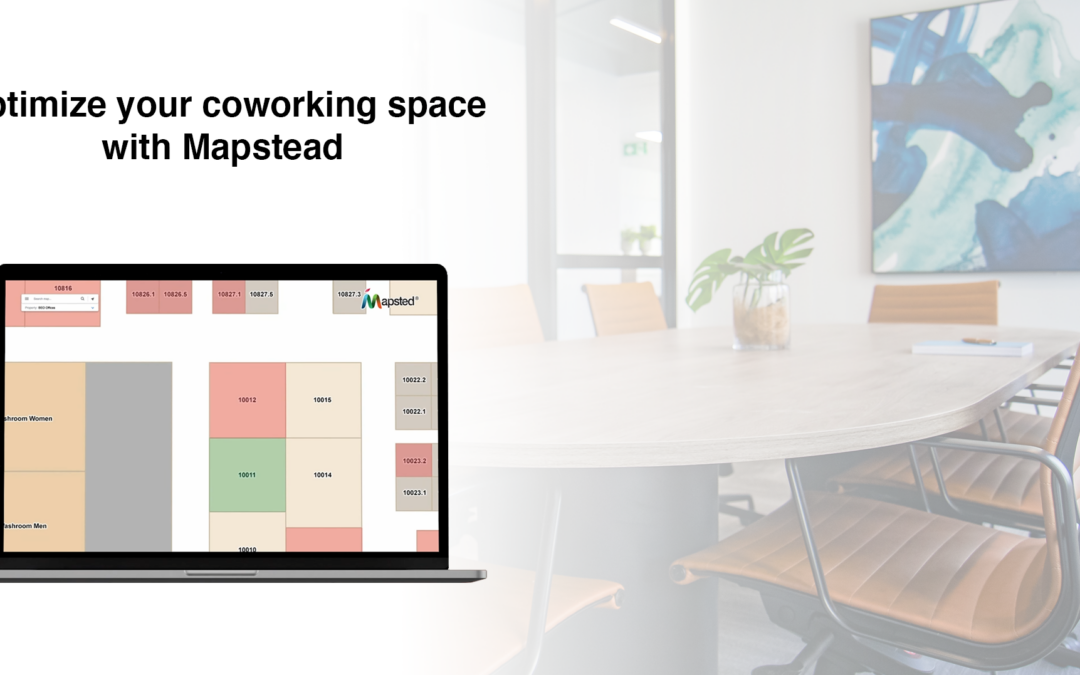
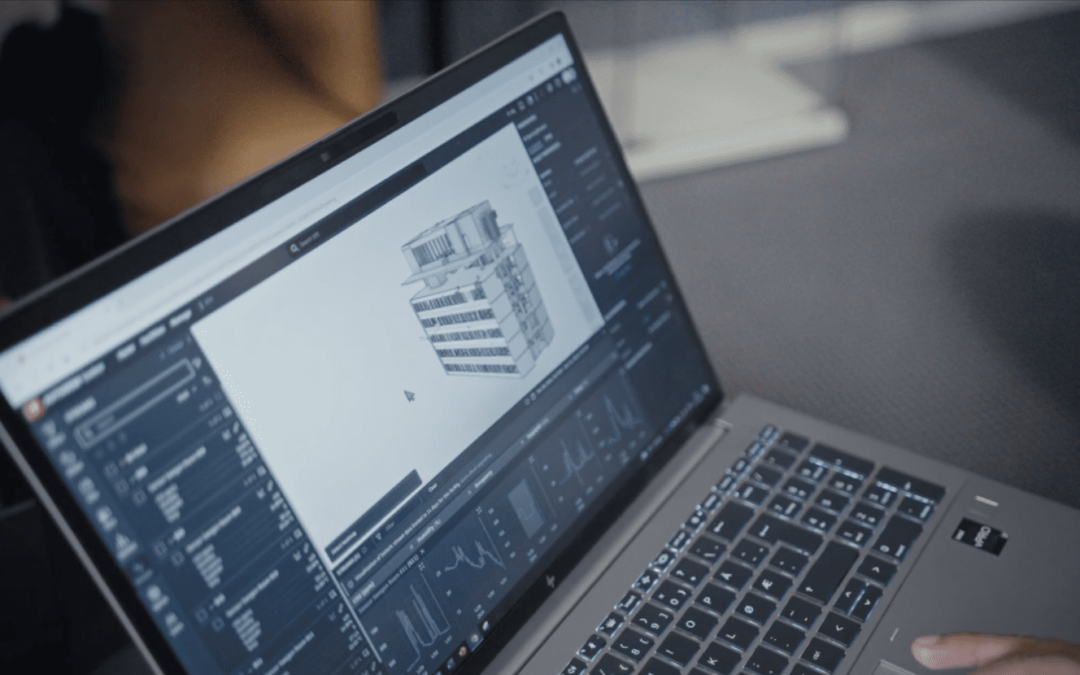
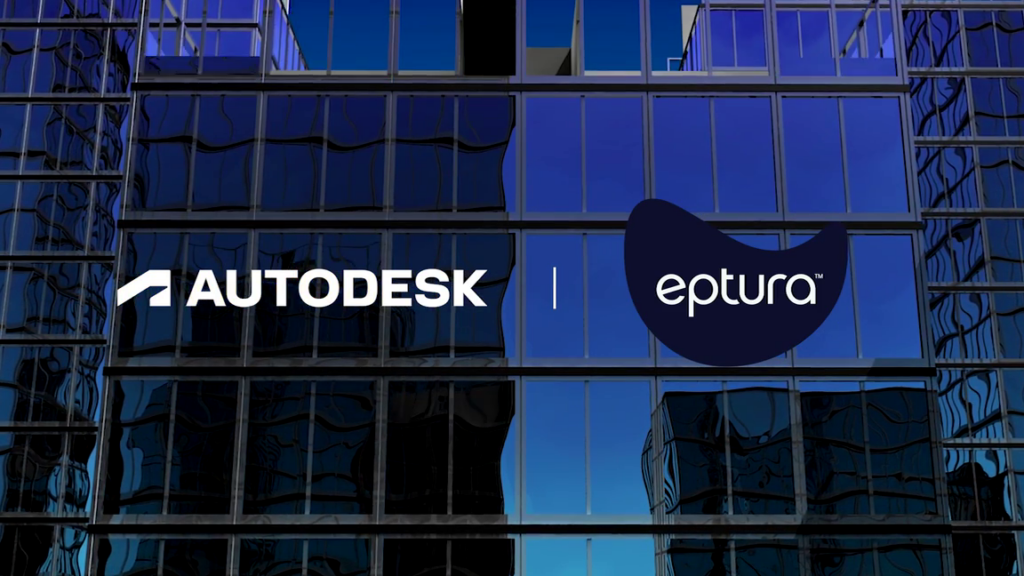 The partnership between Autodesk and Eptura is redefining the facilities management landscape. Combining Autodesk’s expertise in design software with Eptura’s suite of workplace and facility technologies ushers in a new era of building lifecycle efficiency and innovation.
The partnership between Autodesk and Eptura is redefining the facilities management landscape. Combining Autodesk’s expertise in design software with Eptura’s suite of workplace and facility technologies ushers in a new era of building lifecycle efficiency and innovation.